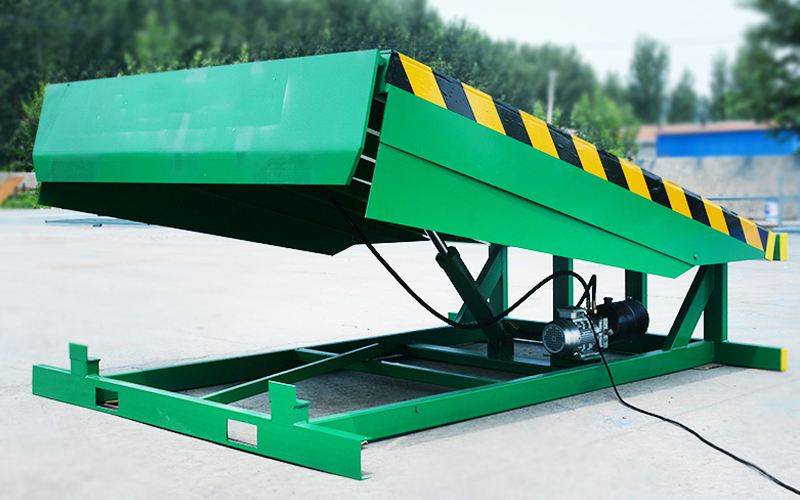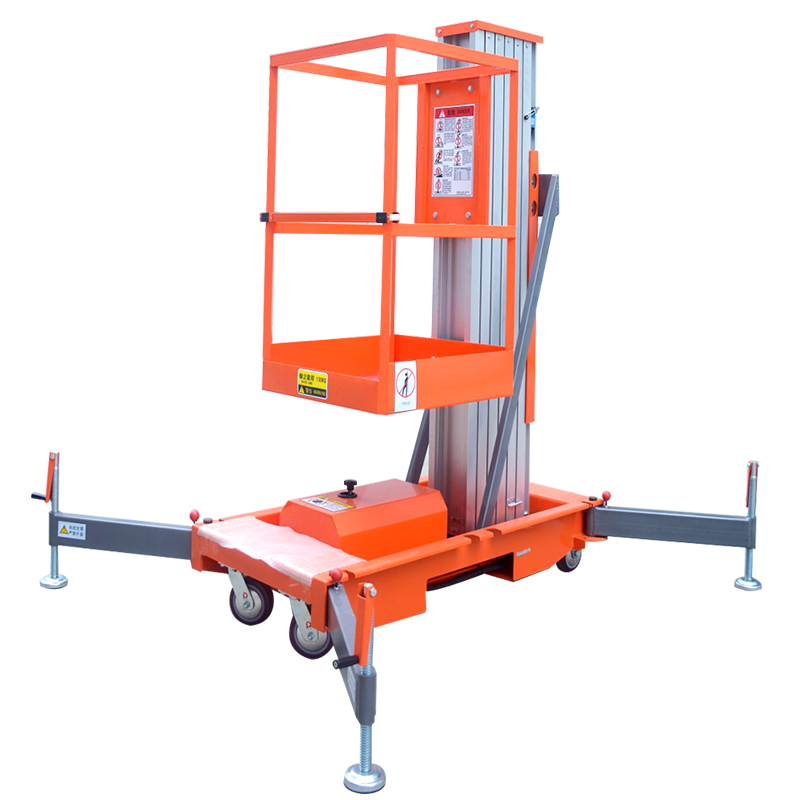If you're navigating the world of aerial work platforms, one question inevitably pops up—how much does a self-propelled scissor lift cost? Whether you're managing a construction site, maintaining high-ceiling warehouses, or upgrading your equipment rental fleet, understanding the price dynamics of scissor lifts is crucial for making smart, cost-effective decisions.
But here's the twist—there's no single answer. The price tag depends on a cocktail of factors, from lift height to load capacity, brand reputation to after-sales service, and of course, the technological bells and whistles included. So, buckle in as we unpack the complexities of scissor lift pricing, complete with real market data, practical examples, and industry know-how.
What is a Self-Propelled Scissor Lift Anyway?
Before we dive into dollar signs, let's briefly demystify the machine itself.
A self-propelled scissor lift is an aerial work platform equipped with crisscrossing supports (resembling a pair of scissors) that extend vertically to elevate workers, tools, or materials to significant heights. The "self-propelled" bit means operators can move the lift across flat surfaces without lowering the platform—a massive advantage in terms of efficiency and safety, especially indoors or on finished floors.
They're indispensable in warehouses, construction projects, maintenance operations, and even retail spaces with towering shelves. Brands like Tuhe Lift, Genie, JLG, and Skyjack have long competed in this space, offering variations in design, price, and performance.
Self-Propelled Scissor Lift Price Ranges in 2025
Let's get to the numbers, which, unsurprisingly, vary based on specifications and geography. According to recent market surveys, here's a snapshot of typical price brackets:
| Lift Height | Load Capacity | Brand New Price (USD) | Used/Refurbished Price (USD) |
|---|---|---|---|
| 4-6 meters (13-20 ft) | 230-450 kg | $6,000 - $10,000 | $3,500 - $6,000 |
| 8-10 meters (26-33 ft) | 320-500 kg | $10,000 - $18,000 | $6,000 - $12,000 |
| 12-14 meters (39-46 ft) | 450-680 kg | $18,000 - $28,000 | $10,000 - $18,000 |
Note: Prices fluctuate by region, customization, and brand. Premium models with advanced safety or lithium-ion batteries sit at the higher end.
Factors That Influence Scissor Lift Pricing
Let’s not oversimplify—the cost is a web of interconnected elements. Here’s a closer look:
1. Platform Height and Working Range
Height is, unsurprisingly, the most obvious price driver. A compact 4-meter model for light maintenance will cost dramatically less than a rugged 14-meter machine designed for industrial construction.
2. Load Capacity
Higher weight limits mean reinforced components, stronger hydraulics, and higher prices. For tasks like window installation or heavy maintenance, paying extra for a higher load capacity is often non-negotiable.
3. Power Source
Electric models dominate indoor applications for their zero-emission, quiet operation. Diesel-powered variants, designed for rough outdoor terrain, tend to cost more upfront due to their heavy-duty nature.
4. Brand Reputation and Origin
Here’s where companies like Tuhe Lift come into play. While established European or American brands often command premium prices, manufacturers like Tuhe, rooted in China’s renowned Jiyang lifting platform hub, deliver impressive cost-performance ratios—ideal for buyers balancing budget and quality.
5. Customization and Features
Smart safety sensors? Lithium battery options? Non-marking tires? Yes, these features exist—and they add to the sticker price, though they often pay off in terms of durability, efficiency, and lower maintenance.
Tuhe Lift Self-Propelled Scissor Lifts
Since 2012, Tuhe Lift has carved out a solid reputation for offering competitively priced, reliable aerial platforms. Thanks to their in-house engineering (6 senior engineers, no less) and local manufacturing base in Jiyang, they bypass excessive import markups without compromising quality.
Why Choose Tuhe Lift?
Global certifications: CE, SGS, etc.
Fast turnaround: 1-day design, 7-day delivery
One-stop service and long-term warranties
Competitive pricing compared to Western brands
Trusted by clients in USA, Germany, Australia, Peru, and beyond
Their product lineup extends beyond scissor lifts, covering articulated boom lifts, mast lifts, home lifts, and custom cargo platforms, giving buyers diverse solutions under one roof.
Buying New vs. Used: What's the Smarter Financial Choice?
One eternal dilemma: should you splurge on brand-new equipment or opt for refurbished models to save cash?
| Pros of Buying New | Pros of Buying Used/Refurbished |
|---|---|
| Latest safety features and technology | Significant cost savings—up to 50% cheaper |
| Full warranty coverage (Tuhe offers 1-year warranty) | Immediate availability in some regions |
| Longer lifespan and lower maintenance initially | Suitable for low-use or budget-constrained projects |
Real Talk:
For high-frequency usage, construction projects, or when safety is paramount, new models from trusted manufacturers like Tuhe Lift are the safer bet. For occasional use, renting or acquiring a gently-used unit might stretch your budget further.
Are Rental Prices Worth Considering?
Absolutely. For short-term tasks or one-off projects, renting a self-propelled scissor lift avoids the capital expenditure altogether.
| Lift Height | Daily Rental Price (USD) | Weekly Rental Price (USD) | Monthly Rental Price (USD) |
|---|---|---|---|
| 6 meters | $100 - $150 | $350 - $500 | $900 - $1,200 |
| 10 meters | $150 - $220 | $500 - $750 | $1,500 - $2,200 |
| 12-14 meters | $200 - $350 | $800 - $1,200 | $2,500 - $3,500 |
Note: Prices fluctuate by location, season, and rental provider policies. Long-term rental agreements often come with better rates.
Additional Costs to Consider
While the base price grabs headlines, savvy buyers factor in peripheral expenses:
Shipping & Import Fees: Overseas shipments, especially for heavy equipment, can add thousands. Tuhe mitigates this with OEM partnerships and efficient logistics.
Maintenance & Spare Parts: Annual upkeep, parts replacement, and hydraulic servicing should be budgeted.
Training & Certification: Operator training might be legally required, varying by country.
Insurance & Liability: Especially for fleet owners or rental companies, comprehensive insurance is essential.
Final Thoughts: Making an Informed Scissor Lift Investment
So, how much does a self-propelled scissor lift cost? Realistically, you're looking at anywhere between $6,000 to $30,000, depending on height, capacity, brand, and features. But price alone shouldn't dictate your decision.
Companies like Tuhe Lift, blending affordability with proven engineering, provide an attractive middle ground for businesses needing reliable, cost-efficient aerial platforms without breaking the bank. Their robust catalog, customization services, and global certifications position them as serious contenders in both domestic and international markets.
In a nutshell:
For occasional or light-duty tasks? Consider rentals or refurbished units.
For frequent use, safety-critical operations, or future-proofing? Opt for new models from trusted suppliers like Tuhe.
At the end of the day, the true cost of a scissor lift isn’t just the purchase price—it’s the return on investment in safety, productivity, and reliability that you’ll experience over years of operation.
Explore our showroom and factories in Jiyang, the heart of China’s lifting platform manufacturing.
Contact us for tailored quotes, OEM options, and unbeatable after-sales service.
Because when it comes to elevating your business—literally and figuratively—Tuhe Lift rises to the occasion.
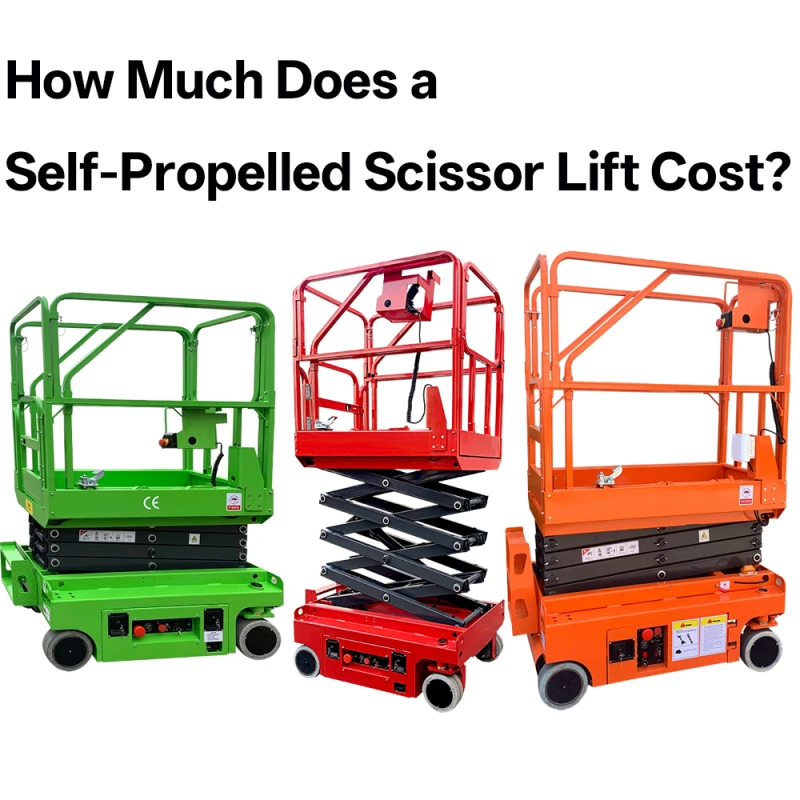
222.webp)
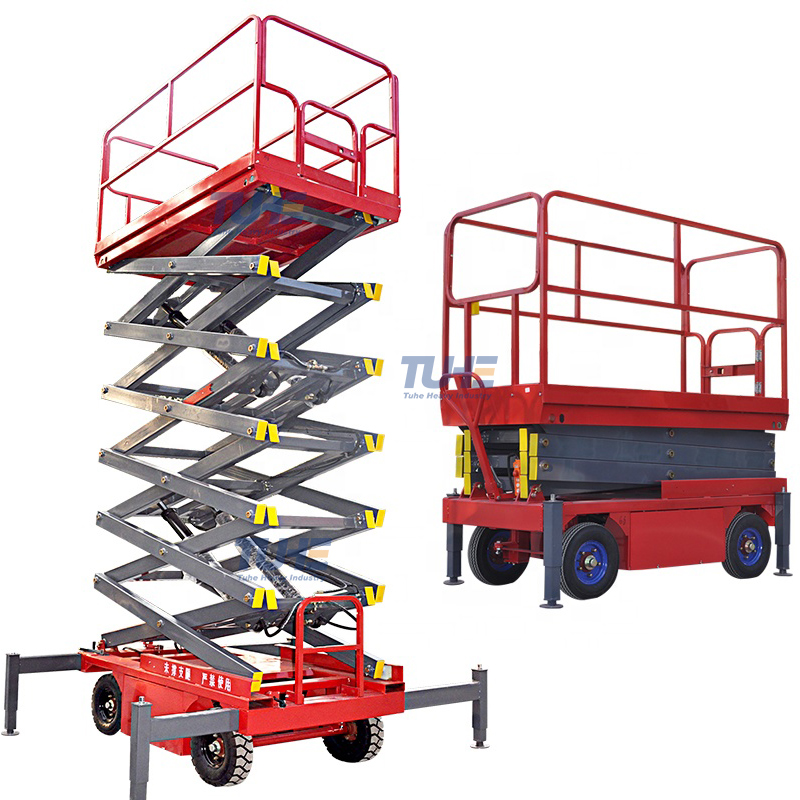
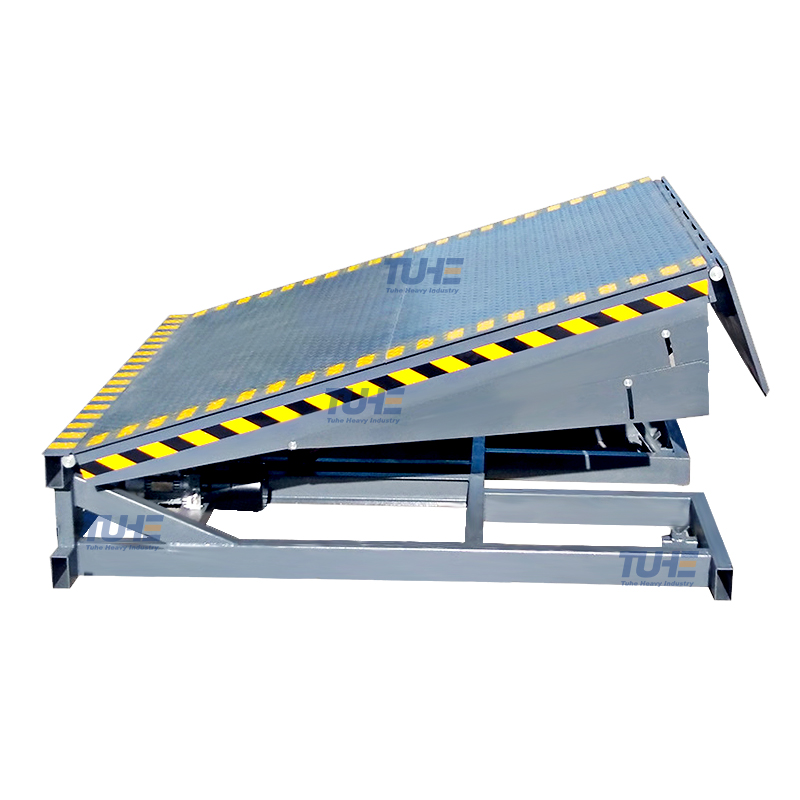
660.webp)
503.webp)
695.webp)
